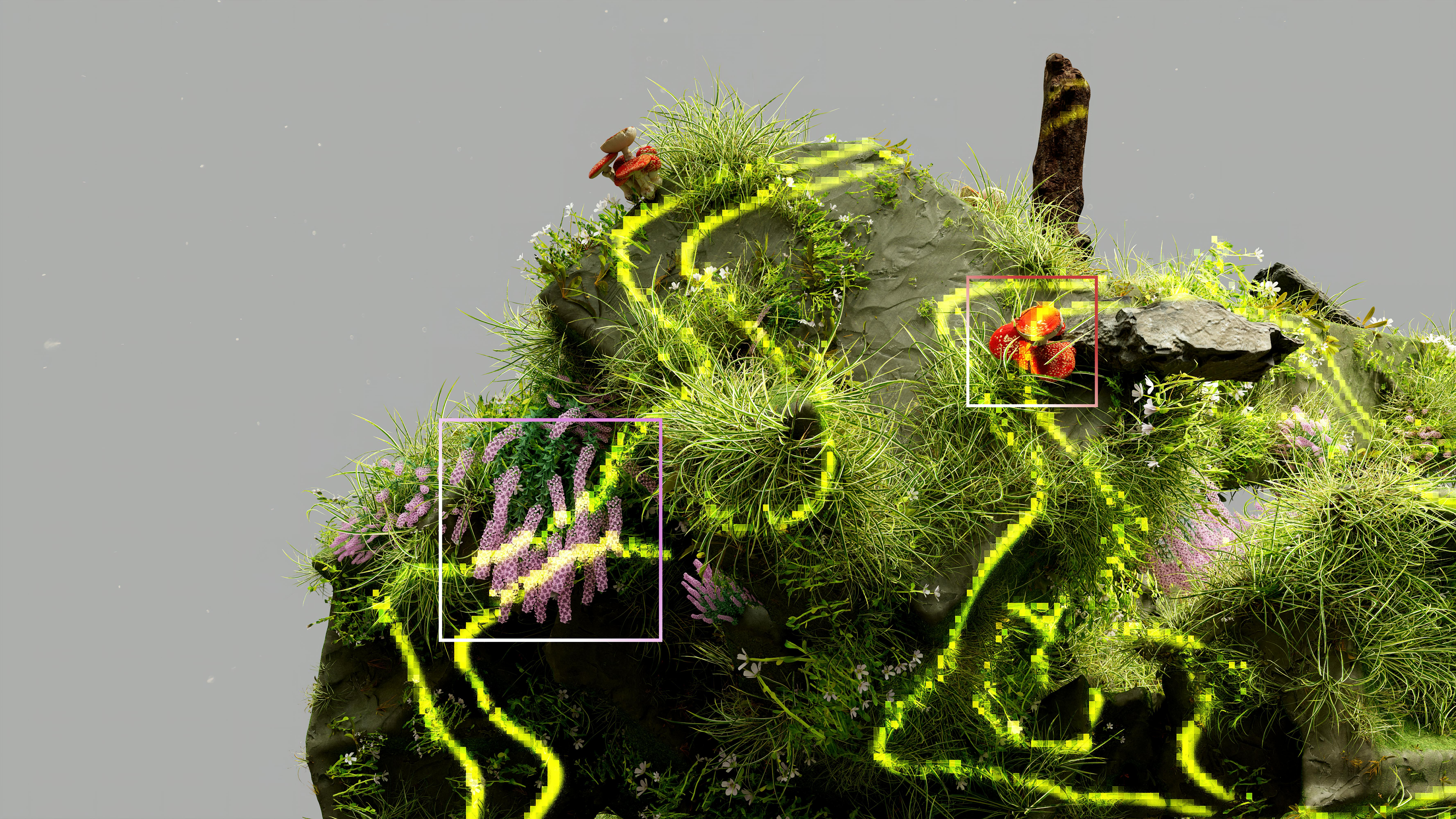
Addressing Skepticism and Navigating Market Challenges
While the rapid advancements and massive investments in AI compute are exciting, they are not without their critics and inherent challenges. Market observers are raising important questions about the sustainability of current financial models and the long-term implications of these concentrated partnerships. Navigating these concerns is crucial for ensuring a healthy and stable growth trajectory for the AI industry.
Concerns Over Vendor Financing and Valuation Inflation
Despite the considerable enthusiasm surrounding major AI announcements, they have also drawn scrutiny and skepticism from market observers. A notable concern revolves around the concept of vendor financing, where a supplier like Nvidia is essentially providing capital that its customer, such as OpenAI, then uses to purchase the supplier’s own products. This creates a dynamic where the chip provider acts as both the supplier and a significant financer of its customer. Critics suggest this practice could artificially inflate valuations, potentially contributing to an “AI bubble.” Such arrangements raise serious questions about the sustainability of these investments if the underlying AI applications do not generate proportional financial returns to justify the immense capital outlay.. Find out more about Nvidia OpenAI $100 billion investment.
The Debate Surrounding the “AI Circle of Money”
The financial structure of these large-scale partnerships has also sparked widespread discussions about the “AI circle of money.” This term refers to scenarios where capital flows predominantly within a closed loop of technology companies, with investments seemingly recycling among participants rather than entering broader economic circulation or directly fueling diverse innovation. Analysts express caution that if OpenAI’s ambitious ventures do not yield sufficient revenue or tangible economic value commensurate with the colossal investments it has attracted, the entire ecosystem could face financial strain. The long-term profitability of the AI sector, and the ability of companies like OpenAI to repay these substantial investments, remains a critical factor in assessing the prudence of such financial strategies. This complex financial interplay is a key aspect of understanding the evolving artificial intelligence sector.
Potential for Enhanced Regulatory Scrutiny. Find out more about AI chip leasing business model guide.
The sheer scale and unique structure of these AI compute partnerships could invite increased attention from regulatory bodies. The deep integration between a leading hardware manufacturer and a prominent AI research firm, particularly involving significant financial commitments and innovative leasing models, might raise antitrust concerns. Regulators may scrutinize the implications of such vertical integration for market competition and innovation. Agencies like the Federal Trade Commission and other oversight bodies could examine how these deals impact market dynamics, potentially influencing future investment strategies and corporate structures within the rapidly evolving technology landscape. The potential for increased regulatory scrutiny adds another layer of complexity to the long-term outlook of these collaborations.
The Horizon of AI and the Future of Compute
Looking ahead, the current massive investments and the innovative business models emerging are not just about meeting today’s AI needs. They are fundamentally about paving the way for future breakthroughs and shaping the economy of tomorrow. The compute infrastructure being built today will be the foundation upon which the next generation of artificial intelligence is developed and deployed, with profound implications for society and global economic activity.. Find out more about OpenAI Nvidia AI compute infrastructure tips.
Paving the Way for Unprecedented AI Advancements
This monumental investment and infrastructure build-out are poised to unlock new frontiers in artificial intelligence. By providing access to unparalleled computational resources, organizations will be empowered to pursue more ambitious research objectives, develop more sophisticated AI models, and explore novel applications across a multitude of domains. This could lead to accelerated progress in areas such as natural language understanding, complex problem-solving, scientific discovery, and the creation of highly capable autonomous systems. The enhanced capabilities born from this infrastructural investment hold the promise of transforming industries and addressing some of the world’s most pressing challenges, from climate change to disease eradication. The ongoing advancements in AI hardware evolution will be critical in realizing these potentials.
Shaping the Economy of Tomorrow
The strategic alignment in the AI space, centered on the profound importance of computational power, directly influences the trajectory of the global economy. Advanced compute infrastructure is increasingly seen as the fundamental basis for future economic activity. This project, by significantly expanding the available computing resources for cutting-edge AI, is laying the groundwork for new industries, business models, and job opportunities. It underscores a future where intelligence, powered by massive datasets and computational prowess, will be a primary driver of economic growth, productivity, and societal advancement. The investments we are seeing are a tangible bet on this vision, aiming to shape the economic landscape of the years to come.. Find out more about Nvidia GPU market valuation surge strategies.
Nvidia and OpenAI: Architects of Future Intelligence
In essence, the current partnerships position key players like Nvidia and OpenAI not just as major industry participants but as principal architects of future artificial intelligence. Nvidia’s role extends from providing the foundational hardware to strategically investing in and enabling the very entities that will utilize this technology to its fullest extent. OpenAI, in turn, leverages this unparalleled support to continue its mission of developing advanced AI that benefits humanity. Together, they are constructing the essential infrastructure and capabilities that will define the next era of technological and economic progress. Their collaboration represents a bold testament to the transformative potential of artificial intelligence and the critical importance of robust, scalable compute power in realizing that potential.
Key Takeaways and Actionable Insights. Find out more about Nvidia OpenAI $100 billion investment insights.
The AI compute landscape is undergoing a dramatic transformation, driven by innovative business models and massive market investments. As of September 24, 2025, several key trends stand out:
- Chip Leasing is Gaining Traction: Moving compute to a service-based model reduces upfront costs and increases operational flexibility for AI developers.
- Interconnected Ecosystems are Key: A complex web of partnerships, including leasing and subleasing, is efficiently distributing critical AI hardware and mitigating financial risks.. Find out more about AI chip leasing business model insights guide.
- Market Confidence is Soaring: The semiconductor industry, led by Nvidia, is experiencing a significant rally, reflecting strong investor belief in the sustained demand for AI hardware.
- Valuations are Reaching New Heights: Nvidia’s market capitalization underscores its central role in AI, with its valuation approaching $4.5 trillion.
- Skepticism Remains: Concerns about vendor financing, the “AI circle of money,” and potential regulatory scrutiny highlight challenges that need careful navigation.
- Compute is the Foundation for the Future: Massive investments in AI compute are seen as essential for future economic growth and unlocking unprecedented AI advancements.
For businesses and individuals interested in the future of AI, staying informed about these developments is crucial. Understanding the economics of AI compute, the evolving business models, and the market dynamics will provide a clearer picture of where this transformative technology is headed. The architects of future intelligence are building the infrastructure today, and the landscape is more dynamic than ever.
What are your thoughts on the growing trend of leasing compute power? How do you see these new business models impacting the broader economy in the coming years? Share your insights in the comments below!
